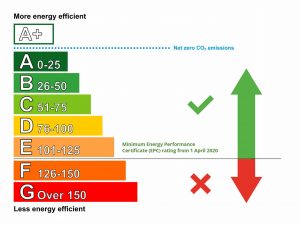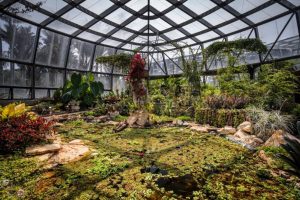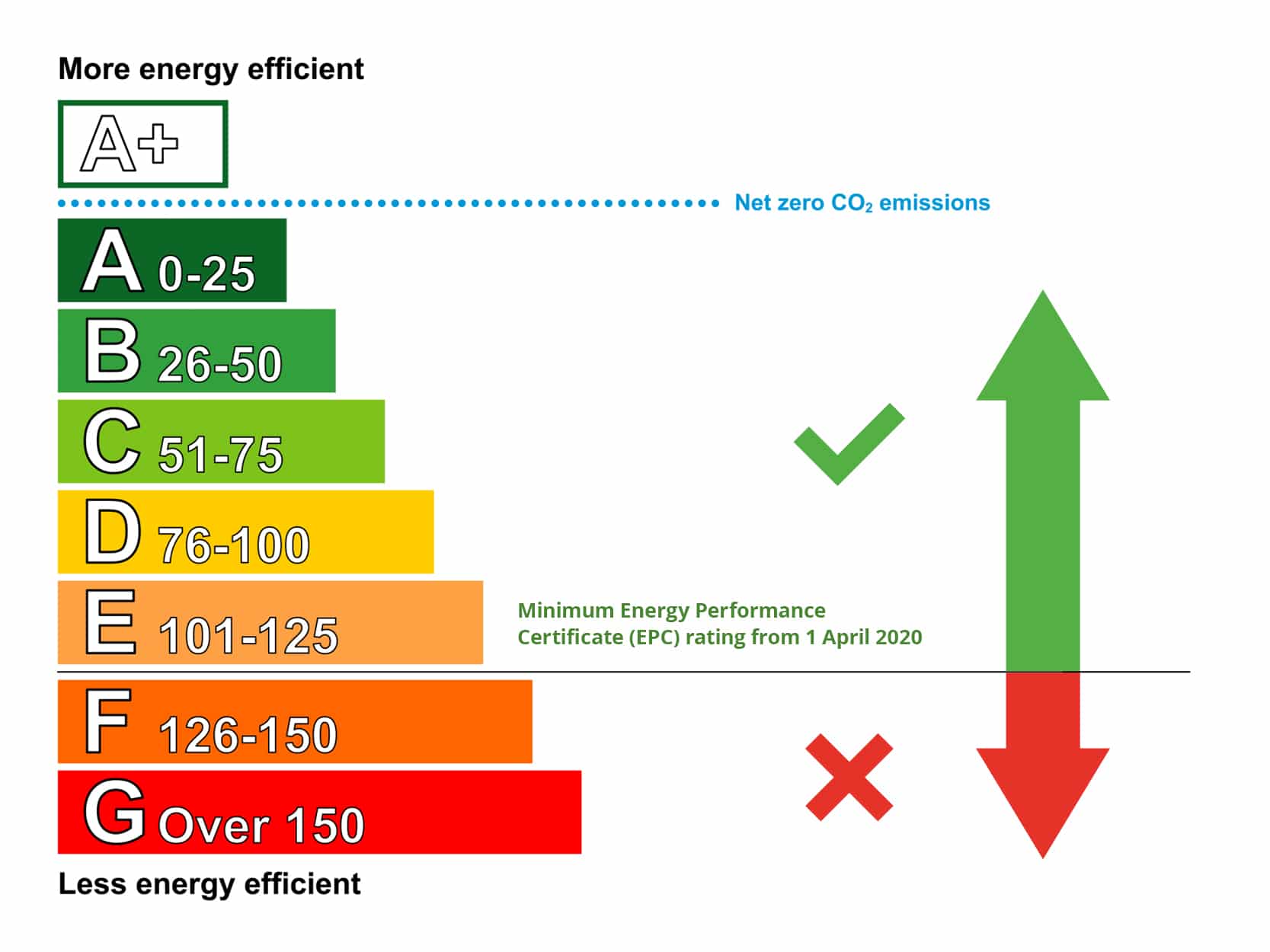Energy-efficient homes could save us £9.5bn
New research estimates nearly 52 million tonnes of carbon dioxide could be slashed if the energy efficiency of all homes in the UK improved to EPC band C.
Upgrading all homes in the UK to Energy Performance Certificate (EPC) band C could bring a saving of £9.5 billion every year in energy costs.

New research by the professional services network PwC estimates if that energy efficiency transformation took place, it would achieve 16% of carbon dioxide reductions, an estimated 52 million tonnes a year.
Households can expect to save approximately one-quarter of their energy bills every year, or £178, by upgrading to their potential EPC rating, the analysis suggests.
However, a survey of 1,000 adults shows 35% of households are concerned with the costs of such upgrades.
More than a quarter brand these measures ‘too expensive’.
Although 46% of them have plans to make energy efficiency improvements to their homes, nearly a third do not intend to make any upgrades.
Jonathan Gilham, Chief Economist at PwC UK, said: “With more than half of UK households currently at EPC band D or lower, the Clean Growth Strategy can make a significant contribution to achieving net-zero targets whilst reducing the cost of living for households.
“Yet while the willingness is there from the public, there are clear barriers in terms of costs and awareness. There is a real risk where policies aimed at protecting the environment are seen to disproportionately benefit wealthier homeowners, whilst leaving renters and those without the means to pay out in the cold.”
Learn more about how LED Lighting as a Service can generate cash flow for your business.
El Tropicario
South America is often depicted as a lush landscape full of diverse ecosystems. And once, Colombia was like that. But today, mining, deforestation, extensive cattle ranching and draining of the wetlands in favour of urban development have threatened the country’s ecosystems and devastated the natural landscape.

A project named El Tropicario seeks to raise awareness of these environmental problems and create a space where native plant life can be studied and preserved. The project seeks to conserve wax palms, Colombia’s national tree, among achieving other goals. The wax palms that are native to Colombia live for more than 100 years, and they are in danger of extinction.
El Tropicario is part of a huge botanical garden that serves as a centre of education for environmental threats and as a space to preserve native plant life. The design includes floating wetland spaces, an environment that has all but disappeared on the Bogotá Savanna.
There are six collections in the botanical garden: humid forest, dry forest, useful plants, special collections, biodiversity and superpáramos. The botanical garden is designed with passive temperature control systems that don’t need mechanical ventilation. The glass used in the design is made up of different thicknesses and filters. Automated systems are integrated to help control the temperature.
Each structure is designed to capture rainwater and collect it in a large reservoir. This creates a closed cycle that provides irrigation for the plants.
The gardens’ support system uses concrete pillars driven deep into the ground. These pillars surround the perimeter and support the metal structure of the gardens. This creates a self-supporting, “structural basket” design where no columns or supports are needed inside. Without columns inside, the interior spaces can include more soil for deep seeding. The design prioritizes plant life and creates a space for plants to thrive.
Tune in next week for another round of sustainability news from around the globe.


